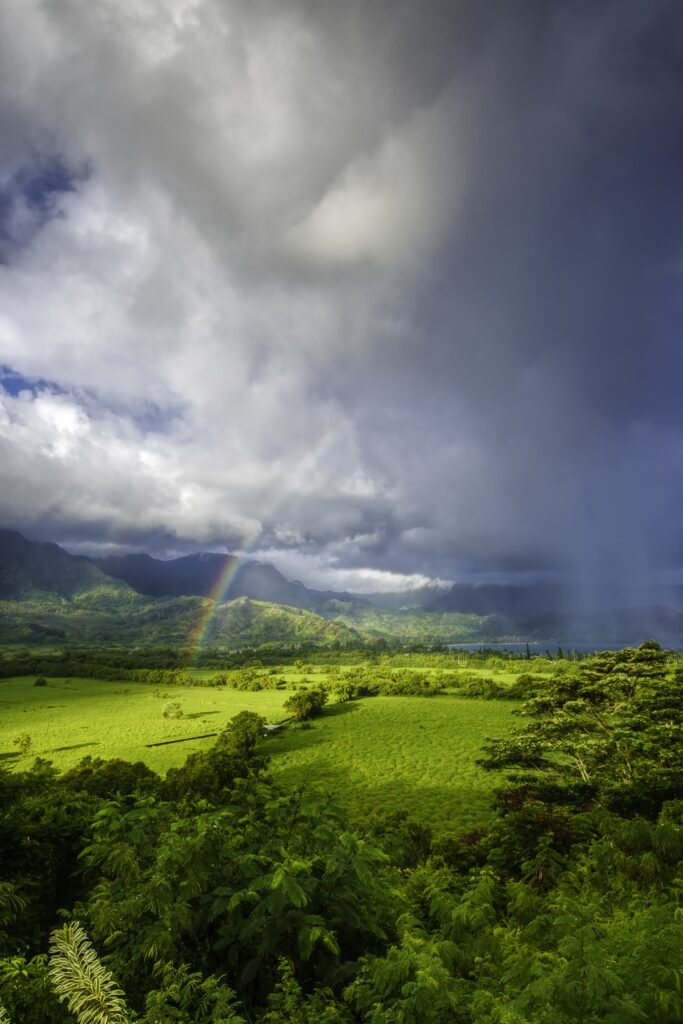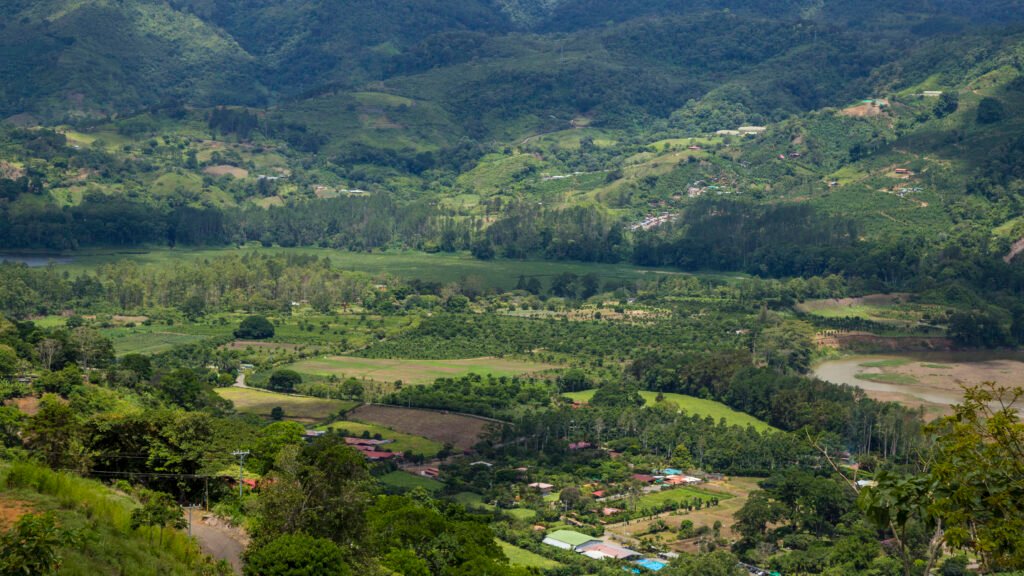Emergence of India

The Indian subcontinent emerged as a separate geographical entity four million years ago. Originally peninsular India, along with Antarctica, Africa, Arabia and South America, was considered a part of the southern supercontinent called Gondwanaland. First, Gondwanaland, North America, Greenland, Europe and northern Asia in the Himalayas, together with Laurasia, the vast northern continent, formed a land called Paigea. Then Gondwanaland and Laurasia became separate landmasses. Due to geographical movements, different landmasses started breaking apart, due to which various geographical units including peninsular India were formed. This process began about 225 million years ago and India became a separate entity 40 million years ago. Between 58 to 37 million years ago, India shifted north and joined the Eurasian continent. In comparison to the old times, the Himalayan border of India is newly formed. The Himalayas were formed in four phases. The last peak was formed in the Pleistocene era, which lasted from 2 million years ago to BC. Can be considered up to 12,000. The Himalayan rivers played an important role in creating the Indo-Gangetic plain in India, which led to the formation of alluvium in the Pleistocene era. If Russia is removed from Europe, the Indian subcontinent is larger than Europe. Whose total area is 42.025 lakh square kilometers. This subcontinent is divided into five countries – India, Bangladesh, Nepal, Bhutan and Pakistan. India has approximately 100 crore people and consists of 28 states and 7 union territories, including the National Capital Territory of Delhi. Some of its states are larger than many European countries.
Role of monsoon

The Indian continent is a defined geographical unit and is largely located in the tropical region. Monsoon has played an important role in the history of India. The south-west monsoon lasts between June and October and covers major parts of the country. Brings rain in varying degrees. In ancient times, irrigation was not an important factor, rain played an important role in agriculture. What is today known as the Kharif crop in North India was in ancient times primarily dependent on the south-west monsoon. In winter, western disturbances bring rain to northern India, allowing the growth of staple crops such as wheat and barley. A part of peninsular India, especially the coastal region of Tamil Nadu, receives rainfall mainly from the north-east monsoon from mid-October to mid-December. The direction of the monsoon was first discovered around the 1st century, with traders traveling with the south-west monsoon from West Asia and the equatorial region to India and Southeast Asia. They would return to the west with the arrival of the north-east monsoon. The discovery of the monsoon enabled India to establish trade and cultural contacts with Western Asia, the Mediterranean region as well as South-East Asia.
Northern Borders
The country of India is surrounded by the Himalayas in the north and the sea on the other three sides. The Himalayas protect the country from the harsh cold that comes from Siberia via Central Asia. This keeps the climate of northern India quite warm throughout the year. Since it does not get very cold in the flat plains, people do not need heavy clothes and can stay in the open for a long time. Second, the Himalayas are high enough to prevent attacks from the north. This was especially true in pre-industrial times, when communication was very difficult. However, the Sulaiman mountain ranges extending from the north-west to the south of the Himalayas can be crossed by the Khywar, Bolan and Gomal passes. The Sulaiman Ranges are connected to the south by the Kiryathar Ranges in Balochistan, which can be crossed by the Bolan Pass. At these rates two-way traffic between India and Central Asia continued since prehistoric times. Various types of people from Iran, Afghanistan and Central Asia came to India as invaders and immigrants and the people of India sang there. Even the Hindukush, the westward extension of the Himalayan system, did not present an insurmountable barrier between the Indus and Oxus systems. N. And the rates facilitated India to establish trade and cultural contacts between Central Asia and West Asia on the other side. The valleys of Kashmir and Nepal are situated in the Himalayas. Surrounded by high hills on all sides, the valley of Kashmir has developed its own world but can be reached through several routes. Due to cold, some people here go to flat plains.
Natural boundaries and cultural contacts

Divided by rivers, in some cases mountains, and sometimes by deltas and plateaus, each region together formed a political and administrative unit, in which various ruling dynasties rose and fell. Due to difficult communication and security of natural borders, it was not easy for the ruling class to establish control over all other areas in a huge country. Gradually, each region developed its own distinct lifestyle and language and became a cultural unit. However, most of the languages in northern and western India evolved from the Indo-Aryan language collection and hence had many elements in common. It is also important that Sanskrit was spoken and understood almost throughout India.
The Vindhya Mountains, cut from west to east, cut across North and South India across India.
Minerals and other resources

The exploitation and exploitation of India’s natural resources also has an impact on its history. By the time large-scale human settlements developed, there were substantial areas of India’s flat plains covered in areas of dense forest after heavy rains. They exchanged supplies of fodder, fuel and wood, and games. In early times when burnt brick was not in much use, wooden houses and enclosures were built. These have been found in Pataliputra, the first important capital of India. All types of stones, including sandstone, are available in India for tools and construction. The earliest human settlements were found in natural hilly areas and river valleys that lie between the hills. In historical times, most of the temples and sculptures in the Deccan and South India were made of stone, compared to the flat plains of Northern India.
If this information is useful to you then please comment so that I can write more posts.
